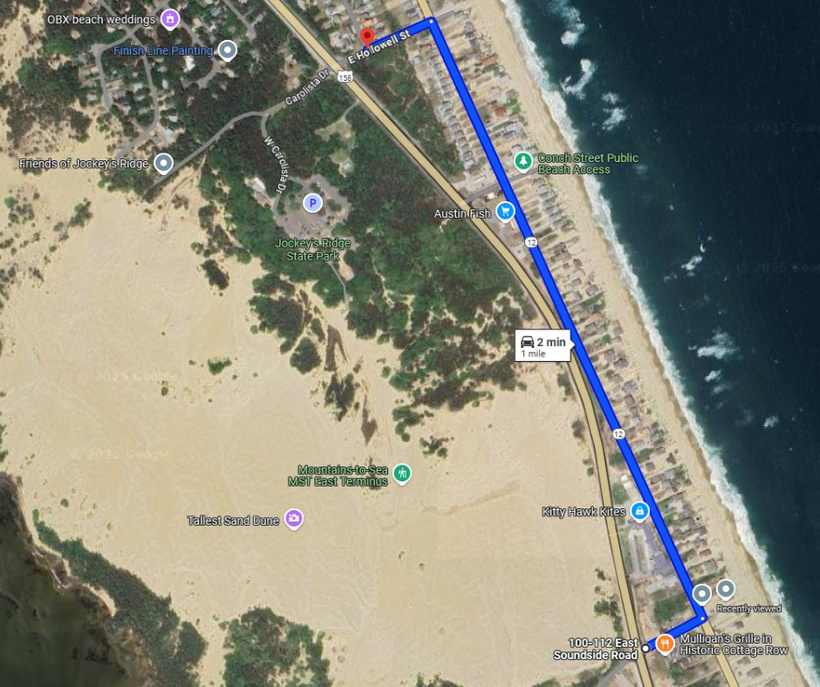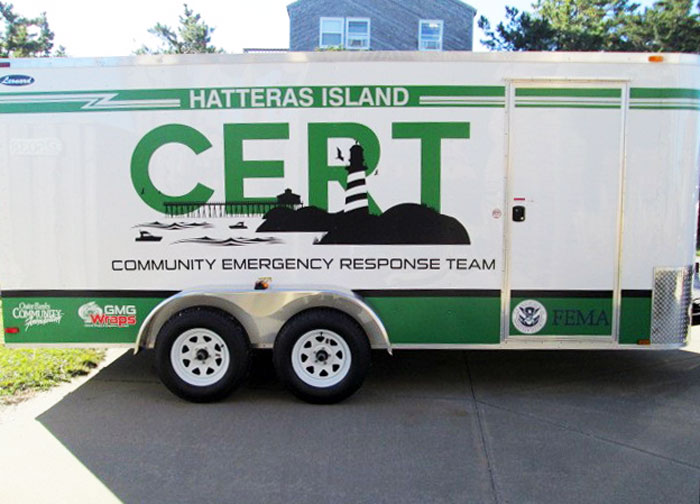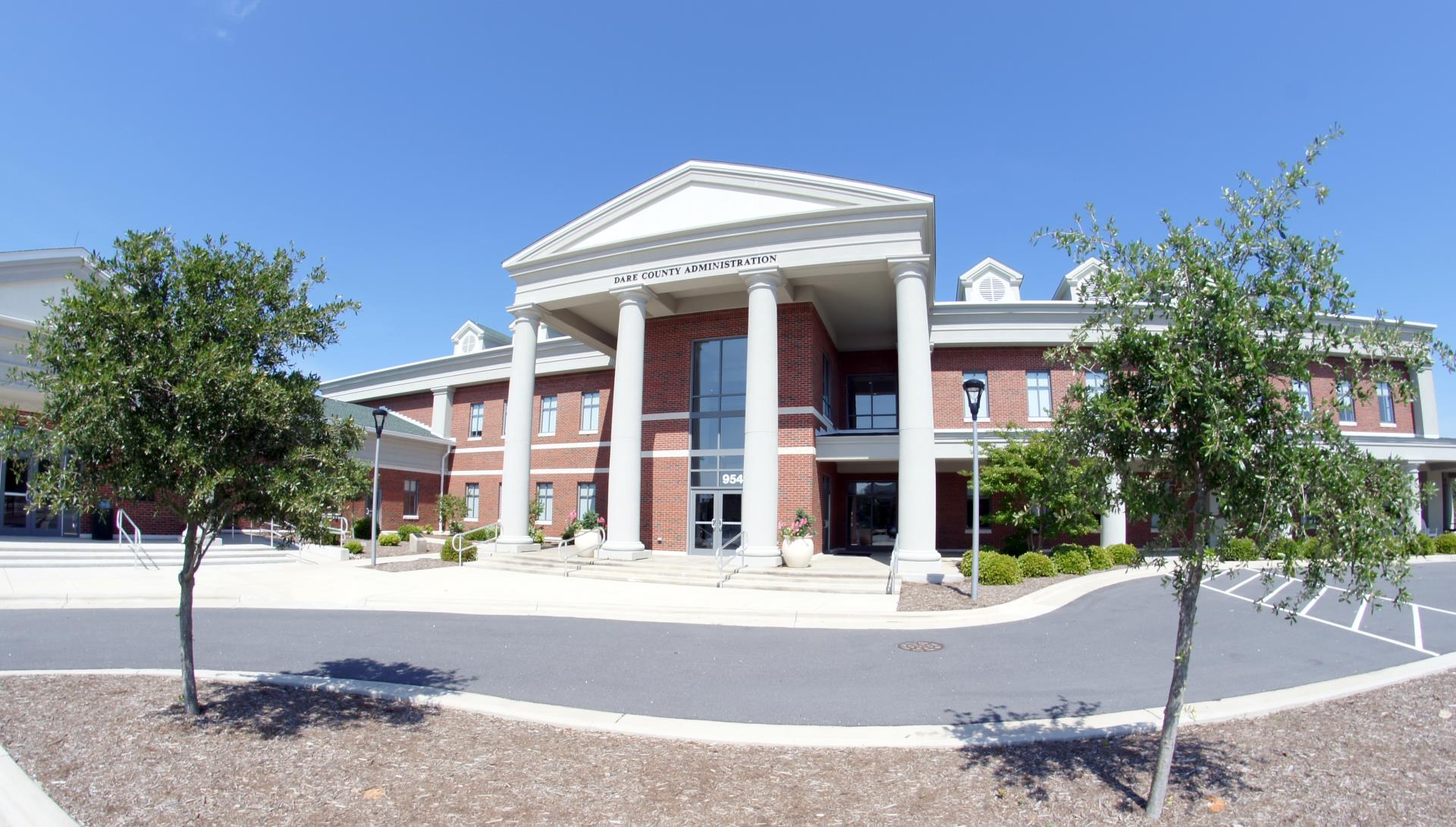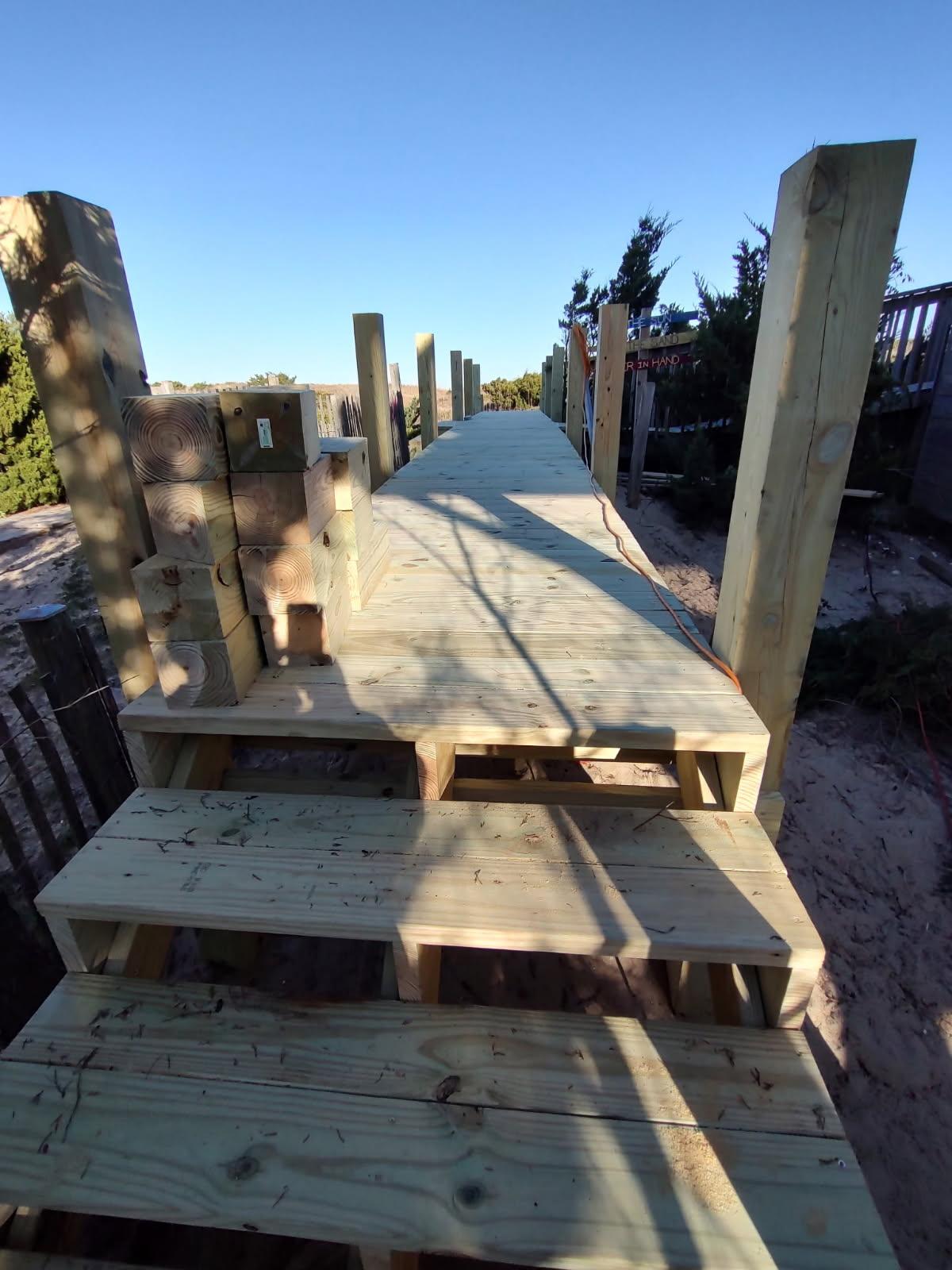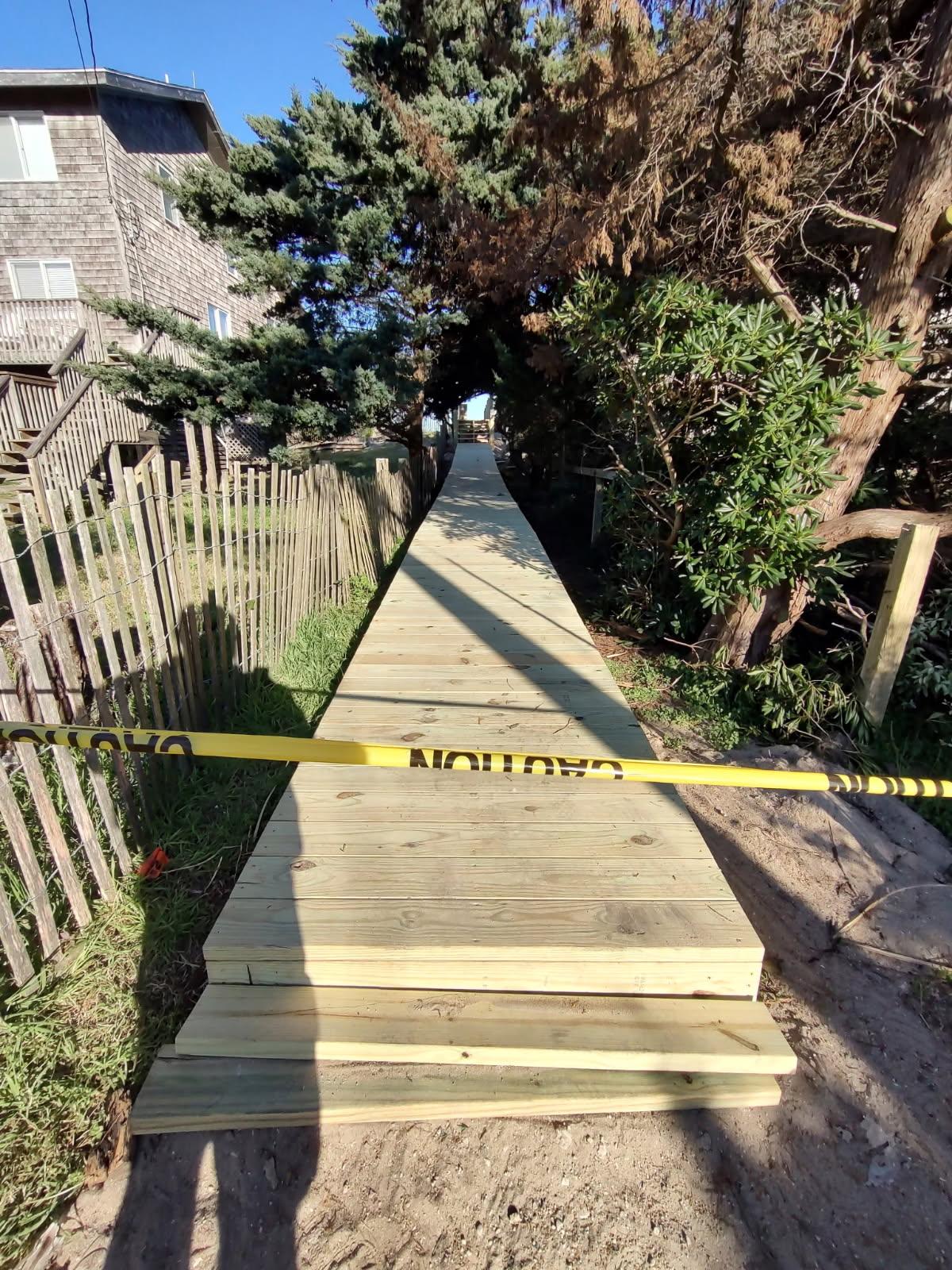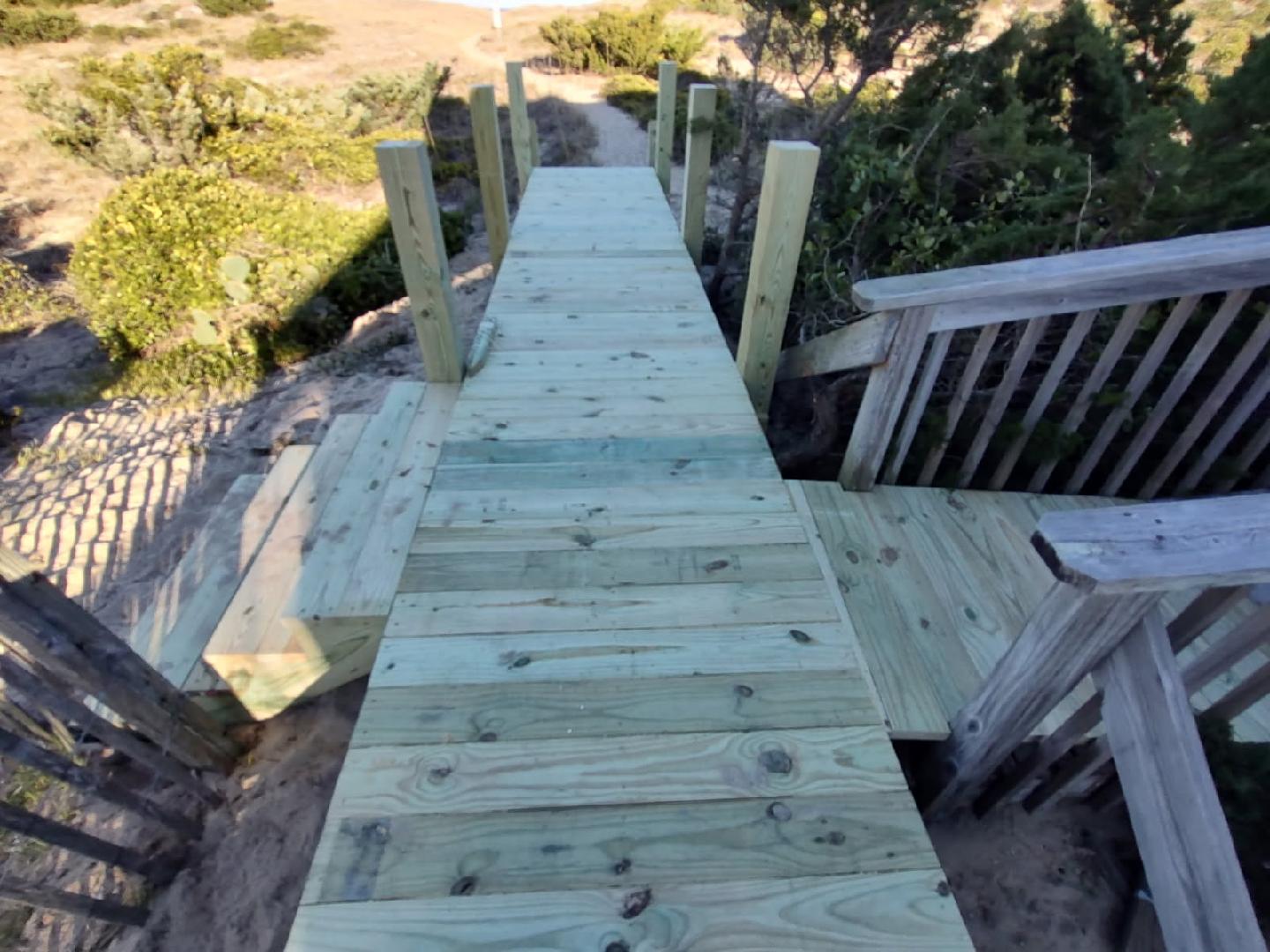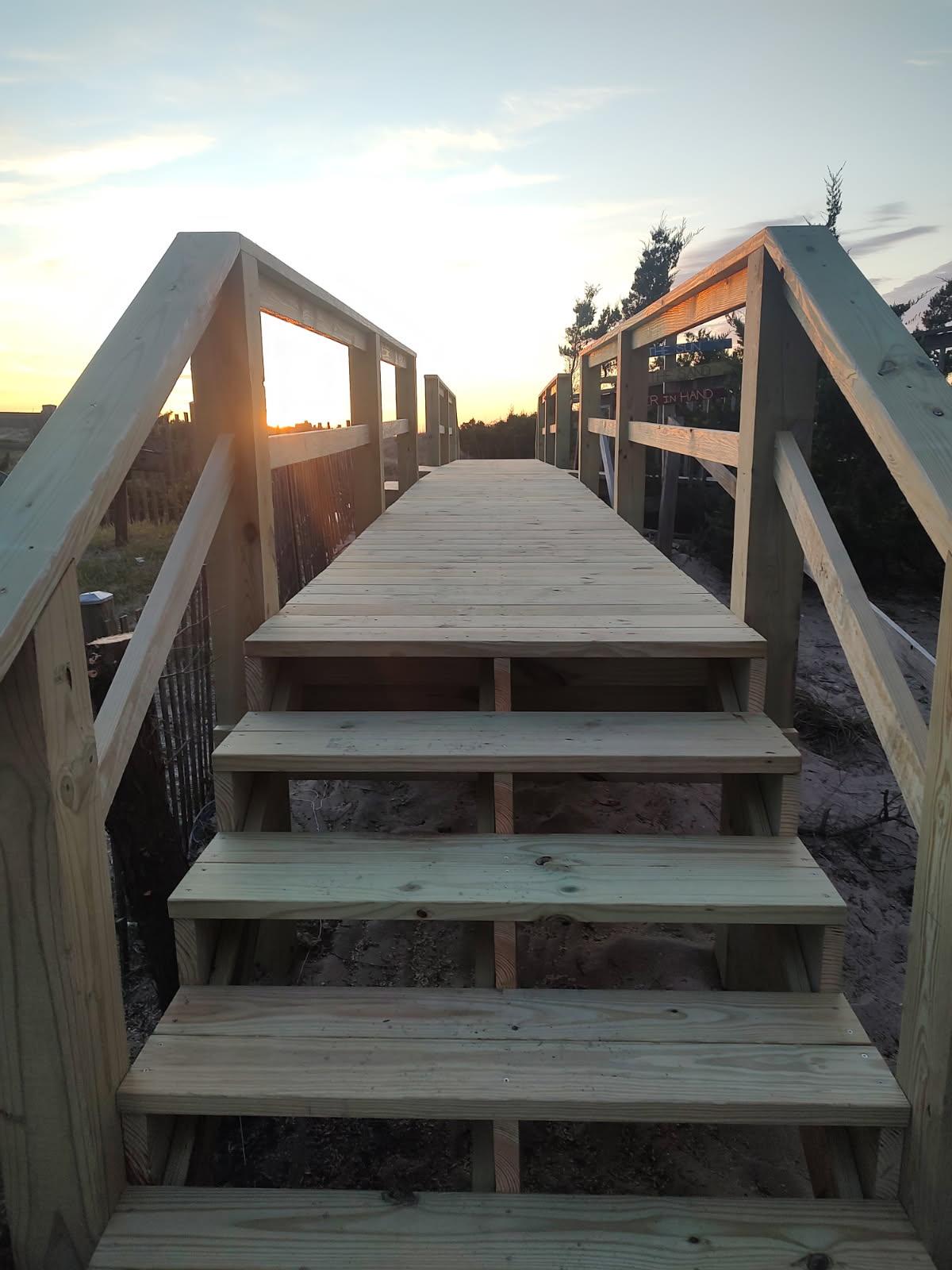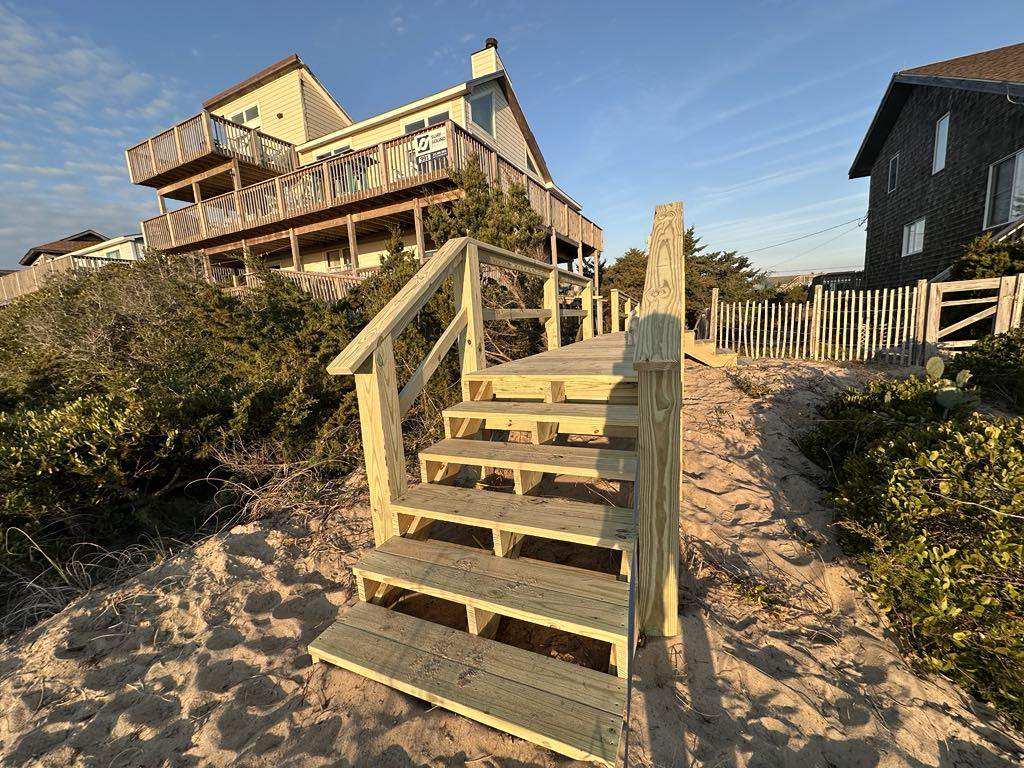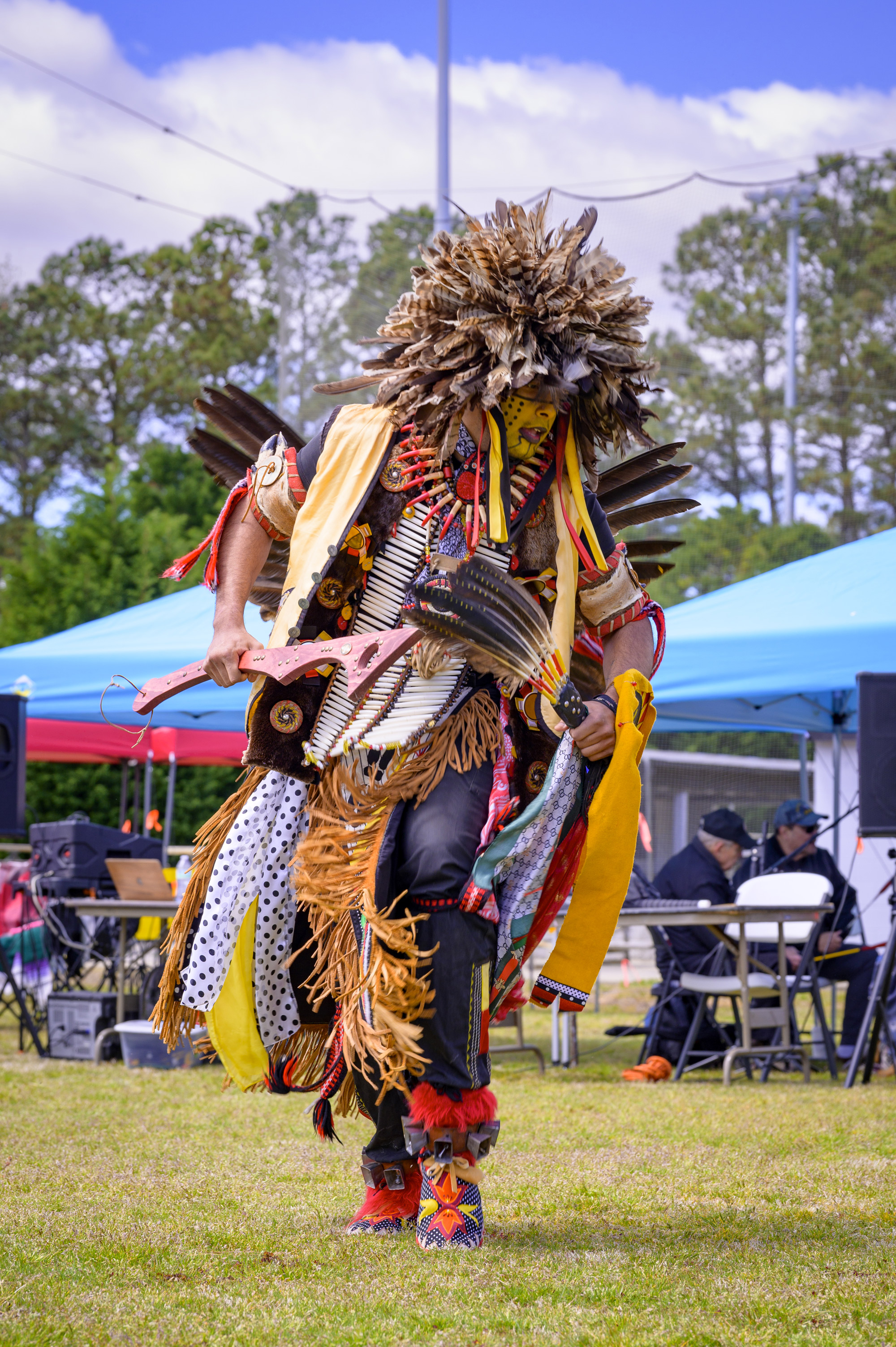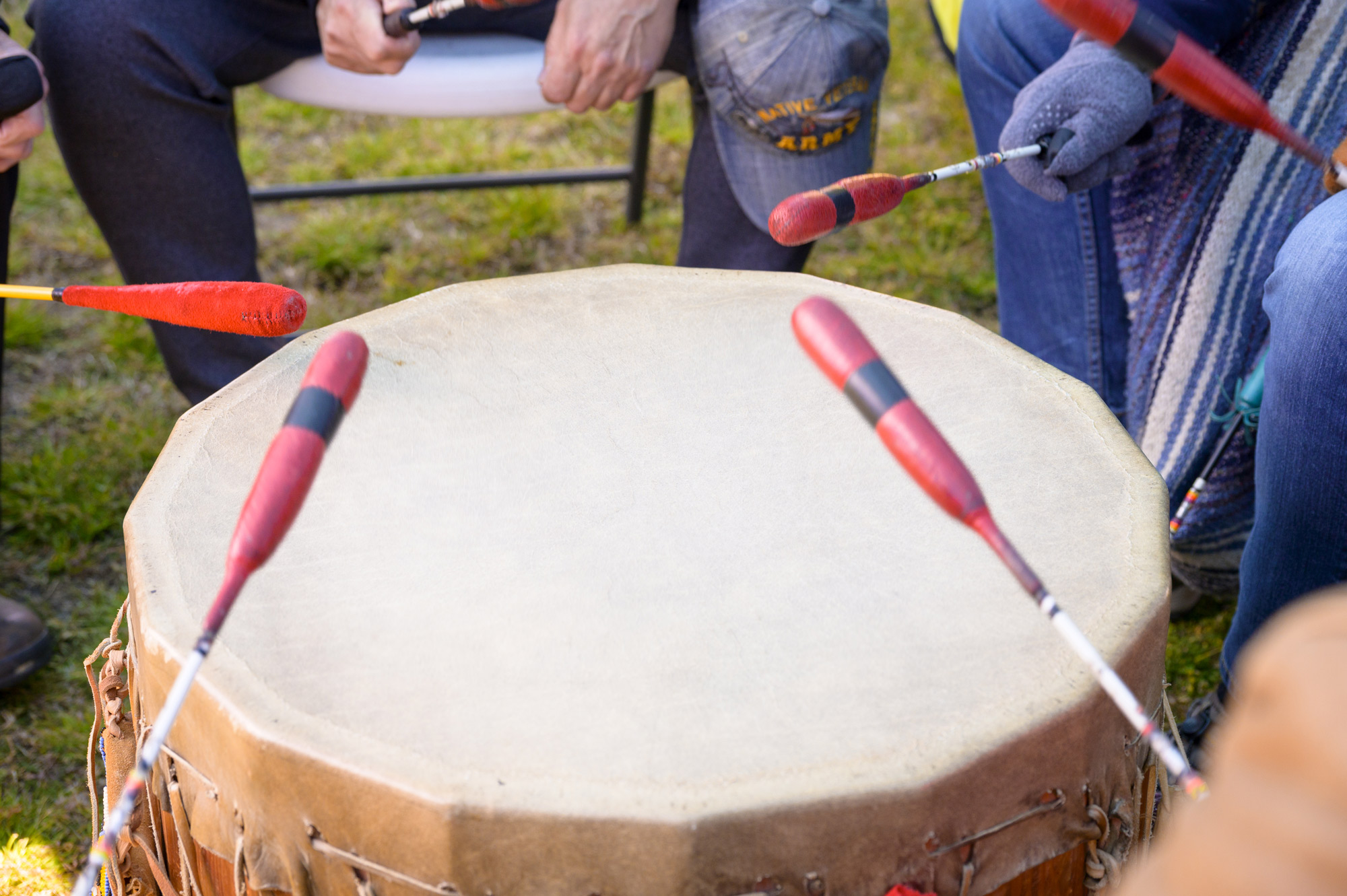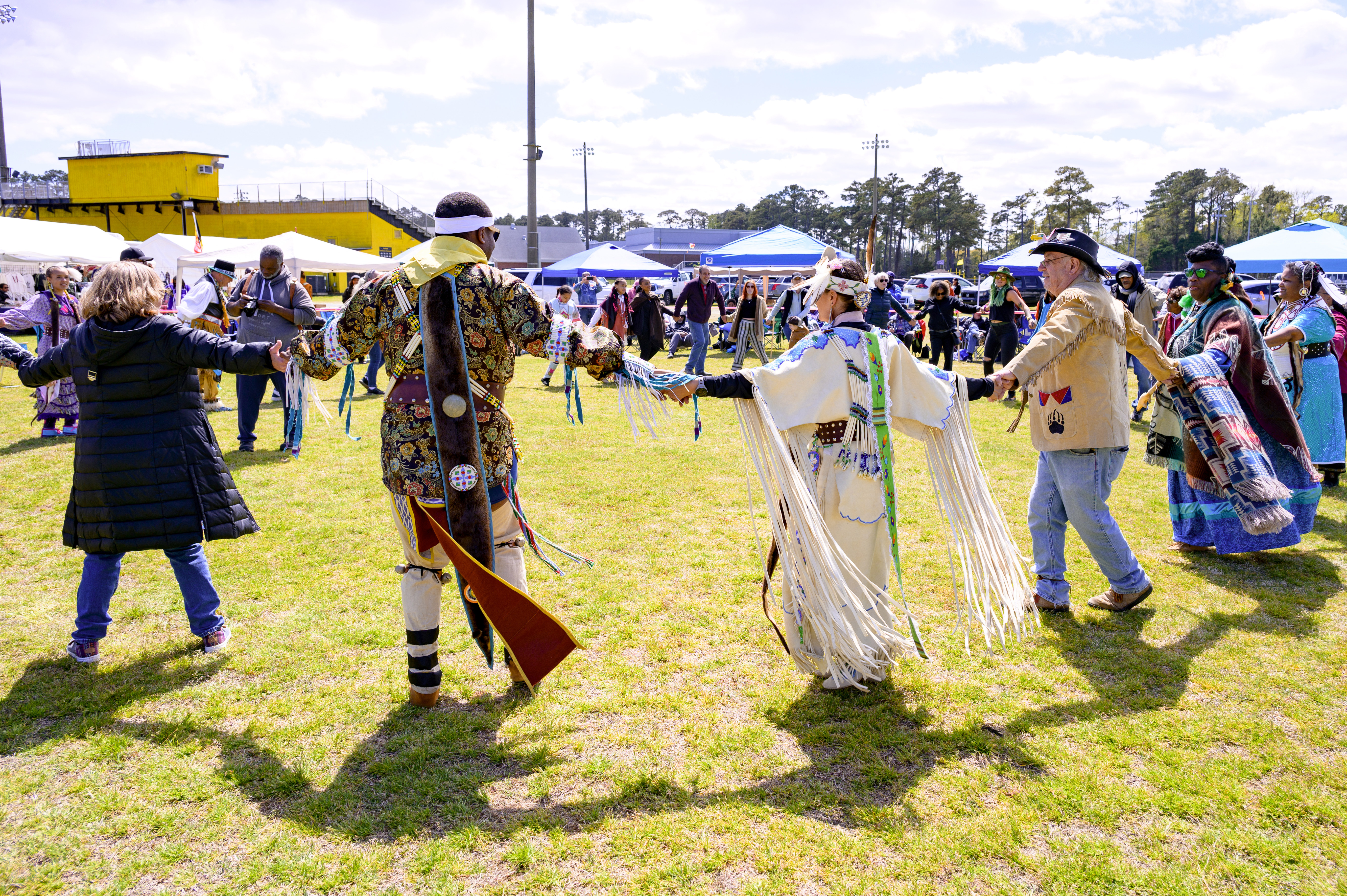Island History: A spotlight on stories from the Outer Banks’ Life-Saving Service

The Chicamacomico Life-Saving Station (CLSS) is celebrating its 150th anniversary this year, as one of the seven original Life-Saving Stations to be built in North Carolina in 1874.
As such, the Chicamacomico Life-Saving Station and Historic Site in Rodanthe will be sharing stories about the seven 1874 Outer Banks stations in the months ahead, leading up to the official October celebration of the United States Life-Saving Stations’ 150th anniversary in the state.
The following is the first of these Life-Saving Station feature articles to honor the #LegacyofLifeSaving, written by Jen Carlson for CLSS.
All in a Day’s Work – A Chicamacomico Rescue
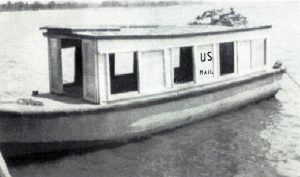
Sometimes it’s the smallest things that make the biggest difference.
On March 30, 1922, the lookout on duty for the evening shift at the Chicamacomico Coast Guard Station reported a gas boat flying a distress signal about five miles southwest of the station. John A. Midgett and the crew launched their motorboat and went to her assistance.
Upon arrival, Captain Midgett learned the Oregon was carrying both passengers and mail from Manteo to Hatteras, but had a disabled engine. They towed the disabled boat to a safe location in Salvo. Captain J. B. Hooper and his engineer decided to remain onboard the vessel, but since there were no sleeping quarters for passengers, two men and two women were brought to shore by the Chicamacomico crew.
The passengers ended up lodging at Captain Midgett’s home where they were provided both supper and breakfast the following morning before being boarded onto the mail boat the continue their journey to Hatteras.
Dedicated to Duty – A spotlight on a milestone moment in Life-Saving Service History
One of the most tragic events during the United States Life-Saving Service time was the wreck of the Italian bark, the Nuova Ottavia.
On March 1, 1876, the bark stranded itself near the Jones Hill Station in Corolla in bad weather and initially did not indicate that assistance was needed.
However, the next evening, the bark was tossed on its side and swamped by the ocean. Even though the station had closed for the season three days prior, the crew of Jones Hill Station headed out to assist those on board.
Within minutes, the rescue became a tragedy.
A single scream cut through the night, and soon, four wooden oars and the surfboat drifted upside down near the wreckage. A body of one of the surfmen floated into the surf, and the following day, the other four bodies of the Jones Hill crew and five from the Nuova Ottavia crew were recovered within a fourteen-mile stretch of the beach.
Nearby Caffey’s Inlet’s Station Keeper, Captain Willis Partridge, and two of his crew along with members of the Currituck Beach lighthouse crew cared for the bodies of the men. The Jones Hill crew members were returned to their families for burial while the five from the Nuova Ottavia crew were buried just north of the station.
A day later, four injured members of the Nuova Ottavia crew came ashore, floating on pieces of the wreckage. They were cared for by members of the lighthouse crew who had lost one of their own when George W. Wilson had volunteered to go out with the crew in place of surfman John G. Chappel. who was away gathering provisions. These men were able to shed a bit of light to explain some events that occurred that fearful night.
The surfmen had successfully tied a line to the lee side of the bark, but unfortunately, the sea drove the surfboat under the bow of the bark which then landed on top of the surfboat. A crowd had gathered on the shoreline, and even though the station was open, no one knew the proper way to use the equipment, and further assistance from the shore failed even though valiant efforts were made.
Questions remain about why the surfboat was chosen as the means of rescue, especially considering the time of day that the wreck occurred. The crew was young and inexperienced, so maybe it was because the accident happened near the bow of the bark which would have required the highest skill to manage the surfboat. Perhaps the Nuova Ottavia crew didn’t understand the directions they were being given and, in a scramble to reach safety, overturned the surfboat. Also, the surfmen did not wear their cork life belts, which ultimately led to a great tragedy.
Regardless of the questions, the dedication of the gallant crew from the Jones Hill Station is a reason we are honoring the #LegacyofLifeSaving this year.


